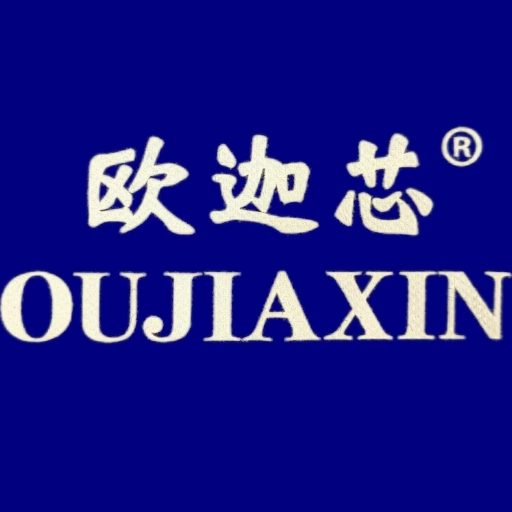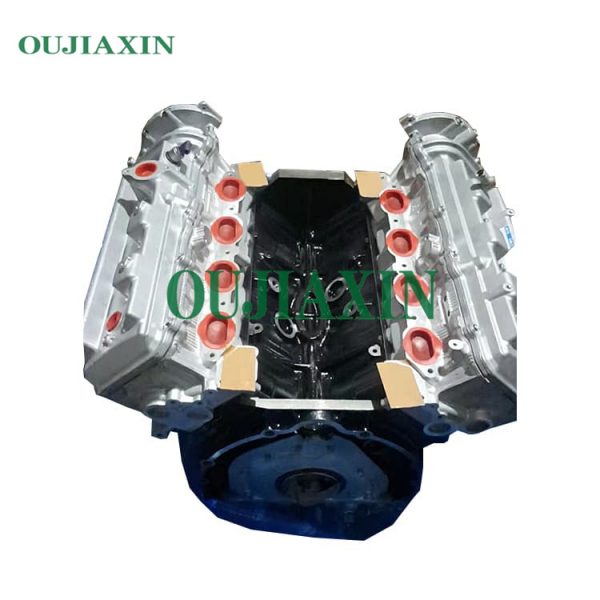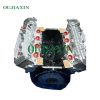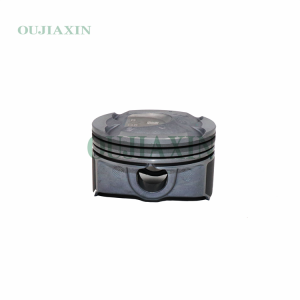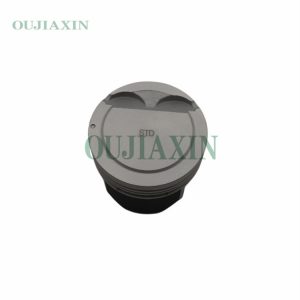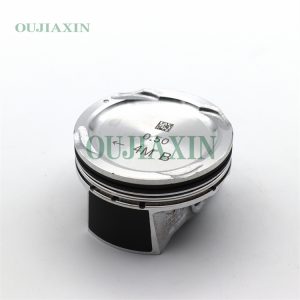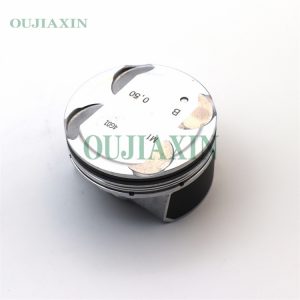Japanese original brand new complete engine 1UZ 2UZ 3UZ suitable for Toyota
The structure of the 2UZ engine is relatively simple. It is mainly composed of cylinder head, cylinder, piston, piston ring and other parts. There are air intake holes, exhaust holes and ventilation holes on the cylinder block; the opening and closing of the air holes are determined by the position of the piston. Decide. Compared with four-stroke engines, there are no complicated valve mechanisms and lubrication systems. The cooling system is generally air-cooled, and the structure is greatly simplified.
Description
The 2UZ-FE has a displacement of 4.7 L; the 284.6 cubic inch (4,663 cc) version is produced in Tahara, Aichi Prefecture, Japan, and at the Toyota Motor Manufacturing Plant in Alabama. Unlike other UZ counterparts, this version uses a cast-iron block for increased durability, as it’s designed for low-rpm, high-torque pickup and SUV applications. Its bore and stroke are 94 mm × 84 mm (3.70 in × 3.31 in). Outputs vary by implementation, but one VVT-i variant produces 202 kW (271 hp; 275 PS) at 4800 rpm and 427 N·m (315 lb·ft) of torque at 3400 rpm. The JDM version produces 173 kW (232 hp; 235 PS) at 4800 rpm and 422 N·m (311 lb·ft) at 3600 rpm, while the Australian model produces 170 kW (228 hp; 231 PS). meters (302 lbf·ft) at 3600 rpm.
Application (calendar year):
2002–2004 Lexus GX 470
1998–2005 Lexus LX 470
1998–2005 Toyota Land Cruiser
2002–2004 Toyota 4Runner
1999–2004 Toyota Tundra
2000–2004 Toyota Sequoia
Another 2UZ-FE version adds VVT-i, electronic throttle control and a plastic intake manifold.
Application (past years):
2004–2009 Lexus GX 470
2005–2007 Lexus LX 470
2005–2009 Toyota 4Runner
2005–2011 Toyota Land Cruiser
2005–2009 Toyota Tundra
2004–2009 Toyota Sequoia
2007–2012 Lexus LX 470
other products:
The 4.0 L (3,969 cc; 242.2 cu in) all-alloy 1UZ-FE made its debut in 1989 in the first-generation Lexus LS 400/Toyota Celsior, and the engine subsequently found its way into many other models in the Toyota/Lexus range. The engine has an oversquare design with bore and stroke dimensions of 87.5 mm × 82.5 mm (3.44 in × 3.25 in). It proved to be a strong, reliable, and smooth powerplant, with features like 6-bolt main bearings and belt-driven quad camshafts. The water pump is also driven by the timing/cam belt. The connecting rods and crankshaft are made of steel.
1UZ-FE was voted one of Ward’s 10 Best Engines from 1998 to 2000
Application (calendar year):
1989–2000 Lexus LS 400/Toyota Celsior
1989–2002 Toyota Crown/Toyota Crown Majesta
1989–2004 Toyota HiAce HiMedic Ambulance
1991–2000 Lexus SC 400/Toyota Soarer
1992–1997 Toyota Arito
1997–2000 Lexus GS 400
1995–1997 SARD MC8/MC8-R
2006–2012 Mooncraft Shield MC/RT-16
3UZ-FE:The 3UZ-FE is 4.3 L; the 261.9 cubic inch (4,292 cc) version is made in Japan. Bore and stroke are 91 mm × 82.5 mm (3.58 in × 3.25 in). Output is 216 to 224 kW (290 to 300 hp; 294 to 305 PS) at 5600 rpm and torque is 441 N·m (325 lb·ft) at 3400 rpm. The engine block and heads are aluminum. It has a DOHC valvetrain with 4 valves per cylinder and VVT-i. It features SEFI fuel injection. In 2003, the engine was paired with a six-speed automatic transmission, which improved fuel economy over the previous five-speed automatic transmission.
Application (past years):
Lexus LS 430 (2000–2006)
Lexus GS 430 (2000–2007)
Lexus SC 430/Toyota Soarer (2001–2010)
Toyota Crown Majesta (2004–2013)
Hongqi HQ430 (2006–2010)
Super GT
GT500 racing car
Lexus SC 430 GT500 racing car (2006–2008)
